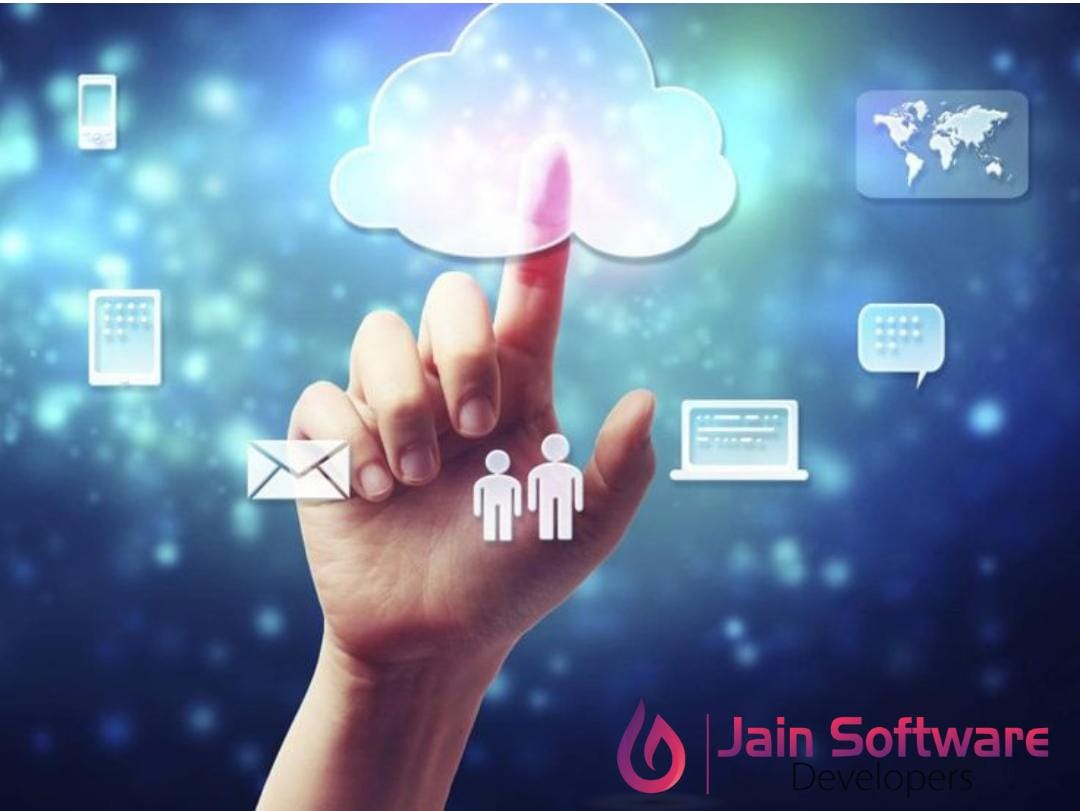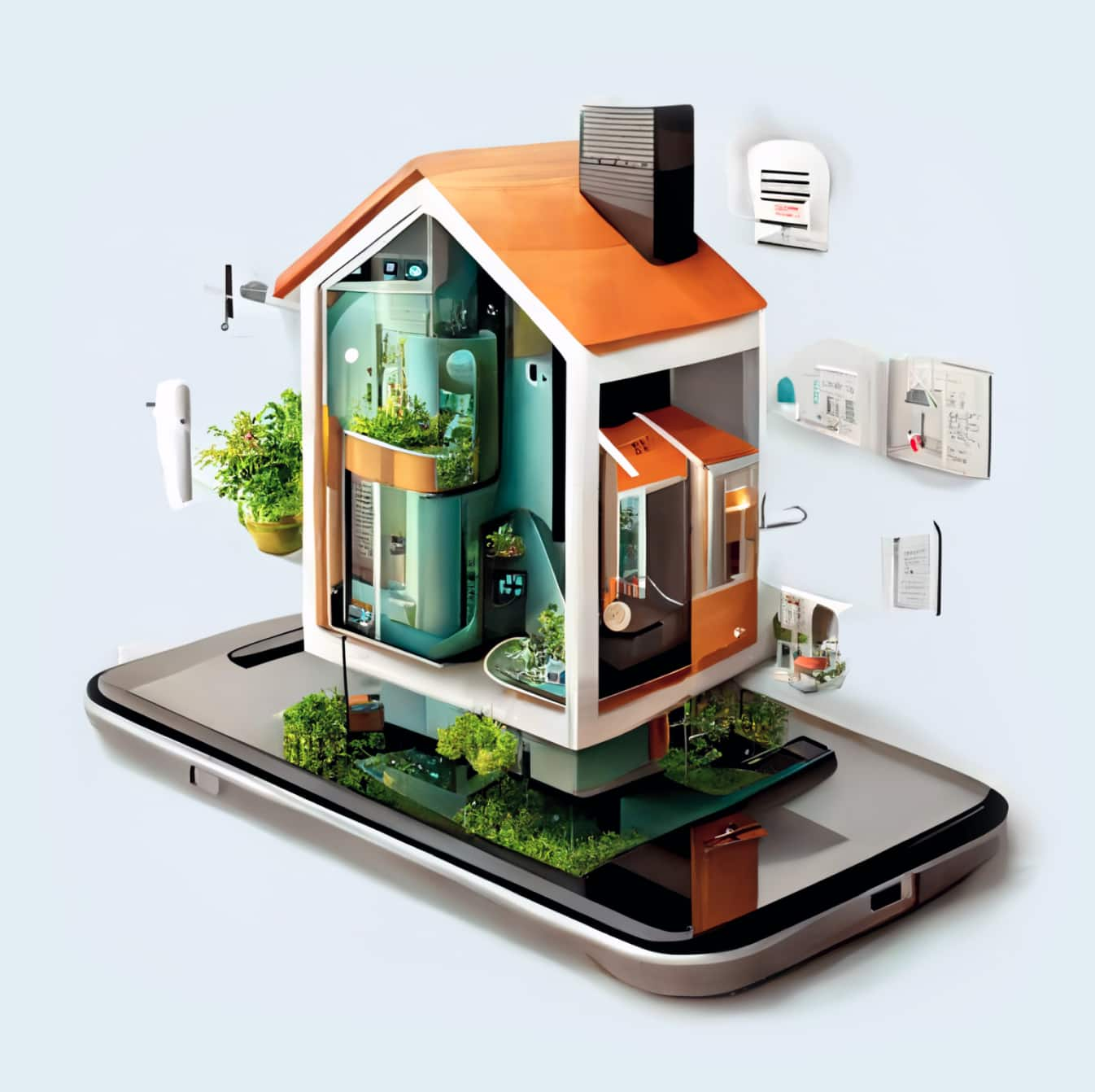Cloud Computing Advancements and Their Benefits
In Official BlogIntroduction:
In the fast-paced environment of technology, cloud computing is a revolution that continues to bring about changes and adapt as necessary in order to meet increasingly complex requirements for both corporations and individuals. The progress in cloud computing within the IT industry not only transformed it but also became an integral part of functioning different sectors. In this tech blog, we will take a glance at the recent developments in cloud computing and touch upon all of its numerous advantages companies and organizations as well as other participants of the digital sphere gain from it.
Evolution of Cloud Computing:
Since its debut, cloud computing has grown from being a buzzword to becoming an integral part of modern IT infrastructure. Cloud computing is currently associated with technologies like Software as a Service SaaS , Platform as a Service PaaS, and Infrastructure First appeared in it has evolved to support the latest innovations such as serverless computing edge cloud architectures .
Serverless Computing:
A significant development in the area of cloud computing is serverless computing. Serverless is a name that does not imply they have no use of servers; it simply means the management of servers by developers has been abstracted away. Developers can write code without worrying about the underlying infrastructure with serverless architectures. Services such as AWS Lambda and Azure Functions allow for coding to be run in response to events, providing scalability and cost-effectiveness.
Edge Computing:
Edge computing is a totally new approach to data processing that, instead of relying on centralized cloud servers enables computation nodes geographically closer to the source. This is especially useful in applications with low latency such as IoT devices and real-time analytics. Edge computing minimizes the amount of data moved to and from the cloud, which leads to quicker response times and overall better performance for a system.
Multi-Cloud and Hybrid Cloud Solutions:
The emergence of the multi-cloud and hybrid cloud solutions is a strategic move in regards with Enterprises are now getting more and more towards a multi-cloud strategy while using services of multiple providers. Combination of on premises infrastructure with public and private cloud resources, known as hybrid cloud architecture give flexibility scalability. This method enables organizations to optimize their costs, improve security and tailor the cloud strategy based on specific business needs.
Artificial Intelligence (AI) and Machine Learning (ML) Integration:
Cloud providers are also incorporating AI and ML services into their platforms, enabling the democratization of access to sophisticated analytics as well as predictive capabilities. Developer and data scientists can build train and deploy machine learning models using the cloud based services like Google Cloud AI or AWS SageMaker without having to be specialized in these domains for a long time. This integration fastens the development of AI-powered applications and services.
Quantum Computing as a Service:
While quantum computing is still in its infancy, this technology has started to break into the cloud space. Quantum computing as a service is being offered by cloud providers, giving users the chance to test quantum algorithms and learn about what potential can be fulfilled through quantum computing without having to possess a specific on-premises system which requires specialized technology. Platforms that are paving the way for quantum computing accessibility include IBM Quantum, Microsoft Azure Quantum and AWS Braket.
Benefits of Cloud Computing Advancements:
1. Scalability and Flexibility:
Cloud computing is making great strides offering unprecedented scalability and flexibility. Organizations can easily scale their resources up or down depending on demand this ensures optimal performance without having to have extensive infrastructure planning.
2. Cost-Efficiency:
It means that companies pay for the resources they use and cloud computing eliminates an upfront need to spend large amounts of money on hardware and infrastructure. The pay-as -you – go model also ensures cost efficiency particularly for startups and small to medium enterprises.
3. Enhanced Security Measures:
Cloud providers are constantly working to improve security mechanisms, ensuring that issues related to data protection and privacy are addressed. Creating a safe cloud environment involves the use of advanced encryption, identity and access management as well as compliance certifications.
4. Global Accessibility:
Cloud computing makes data and applications globally accessible. Users have the possibility to utilize resources wherever internet connection is available, which allows them to work remotely, collaborate and ensure seamless user experience for all geographically distributed groups of users.
5. Improved Disaster Recovery:
Automated backups, redundancy, and failover mechanisms create a resilient infrastructure that reduces downtime in the event of unexpected events.
6. Faster Time-to-Market:
Cloud computing enables organizations to rapidly bring their applications and services into the market. Using SOA, developers can efficiently roll out and update applications for a shorter development cycle enabling them to stay competitive in fast changing markets.
7. Innovation and Experimentation:
Cloud computing innovations create a culture of innovation and experimentation. There is a variety of services accessible for developers so that they can try different technologies, test hypothesis and solutions over and over again enabling constant innovation rate inside organizations.
8. Efficient Resource Utilization:
Tools for monitoring and optimizing the utilization of resources are provided by cloud computing platforms. It ensures that organizations can effectively distribute resources, identify bottlenecks and basically optimize their infrastructure in regard to both performance and cost-efficiency.
9. Eco-Friendly Initiatives:
Cloud providers are more and more pursuing eco-friendly trends to minimize their environmental footprint. Creating a more sustainable cloud computing ecosystem involves energy-efficient data centers, renewable energy usage , and carbon offset programs .
10. Democratization of Advanced Technologies:
By incorporating sophisticated technologies such as AI, ML and quantum computing into cloud platforms democratizes the use of these capabilities. These technologies can be leveraged by small and large enterprises without investing much in specialized hardware, or expertise.
Conclusion:
The developments in cloud computing mark a critical point on the path of digital transformation, transforming how businesses function and develop new ideas. From serverless computing and edge to multi-cloud architectures and quantum, the landscape is ever changing with countless possibilities.
These advancements bring more benefits than just their contribution to IT sphere; they have an impact on the efficiency, security and competitive position of organizations as a whole. While cloud computing is still developing, it remains an integral pillar of contemporary technological architecture and provides businesses the opportunity to embrace innovation, enhance efficiency and maintain resilience in a perpetually changing digital environment. By embracing these advancements, organisations are positioned well to exploit the full potential of cloud computing for years to come.








